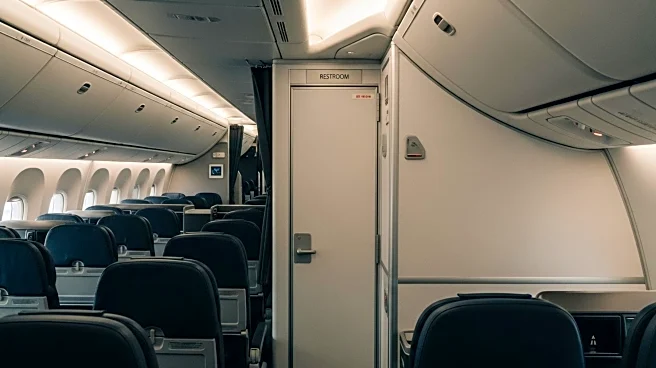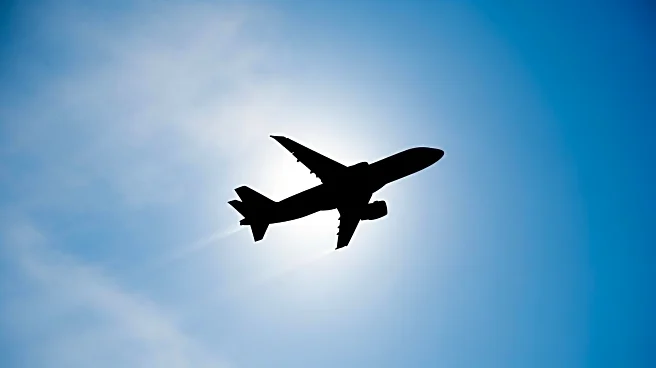What's Happening?
A Qantas flight from Sydney to Auckland issued a mayday call due to a suspected fire in the cargo hold. The Boeing 737, operating as Flight 141, was approximately an hour away from its destination when the alarm was raised. Emergency services were dispatched to Auckland Airport in anticipation of a potential emergency landing. However, the aircraft landed safely without incident, and no smoke or fire was detected in the cabin. A preliminary investigation revealed no fire, and the airline has announced that the aircraft will undergo a detailed inspection to determine the cause of the false alarm.
Why It's Important?
The incident highlights the importance of safety protocols and emergency preparedness in the aviation industry. While the alarm was ultimately false, the swift response by the flight crew and emergency services ensured passenger safety. This event underscores the critical role of communication and coordination in averting potential disasters. For the airline, it serves as a reminder of the need for rigorous maintenance and inspection procedures to prevent similar occurrences. Passengers and stakeholders in the aviation sector are reassured by the effective handling of such situations, which maintains confidence in air travel safety standards.
What's Next?
The aircraft will undergo a thorough inspection to identify the cause of the false alarm. This process is crucial to prevent future incidents and ensure the continued safety of passengers and crew. The findings may lead to adjustments in maintenance protocols or updates to safety equipment. Additionally, the airline may review its emergency response procedures to enhance efficiency and effectiveness. Stakeholders, including regulatory bodies and industry experts, will likely monitor the situation closely to assess any broader implications for aviation safety standards.










